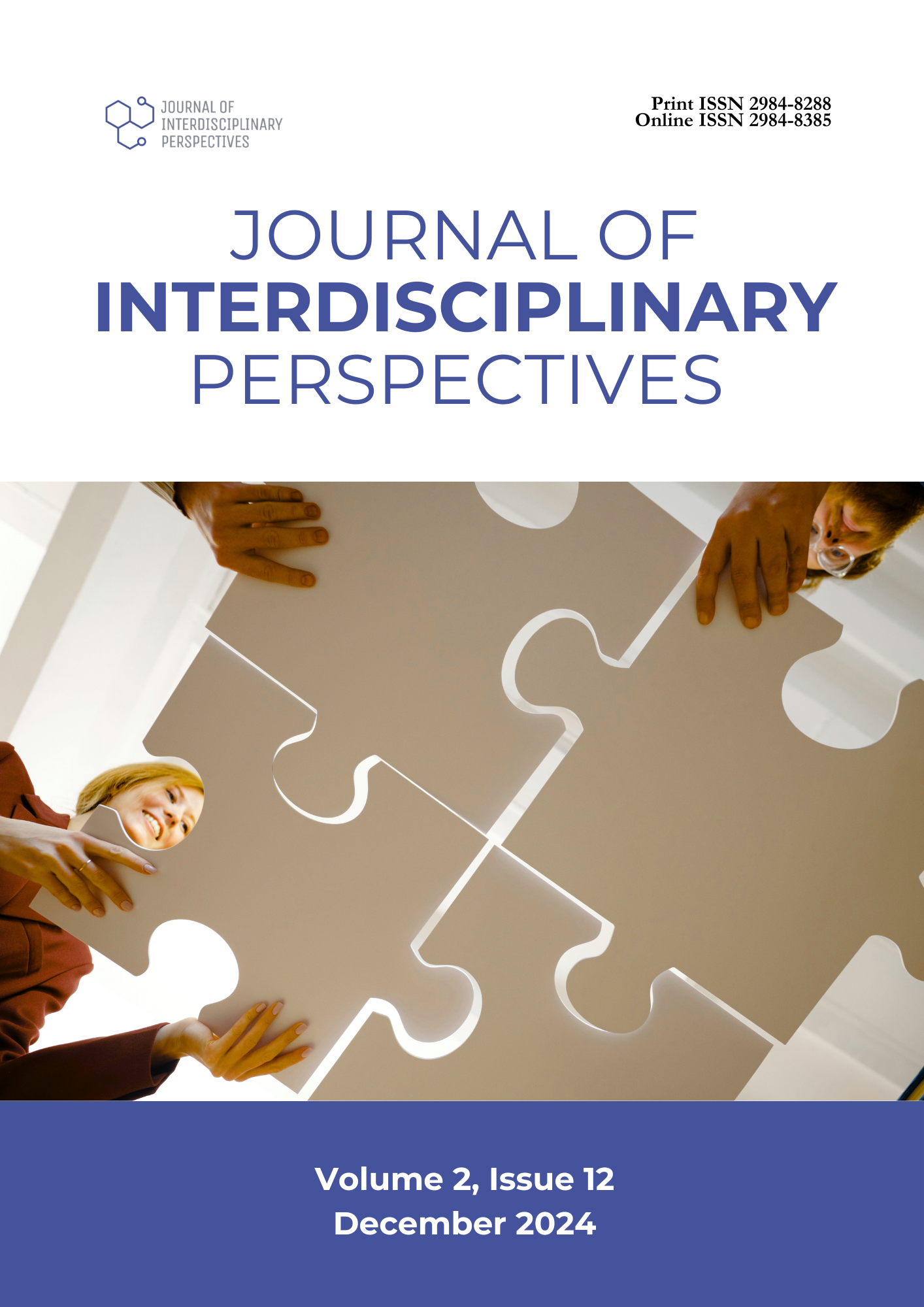Commuters’ Preferences and Willingness to Pay for Modern Public Utility Vehicle (MPUV)
DOI:
https://doi.org/10.69569/jip.2024.0550Keywords:
Comfort and convenience, Contingent valuation, Modern Public Utility Vehicle, Willingness to payAbstract
This study investigates commuters' preferences and predicts their Willingness to Pay (WTP) for Modern Public Utility Vehicles (MPUVs), focusing on comfort and convenience factors in an urban setting. A descriptive, quantitative approach was adopted, utilizing a tool-validated structured questionnaire based on the Contingent Valuation Method (CVM). Data were gathered from 324 respondents, consisting of senior high school students and teachers from two nearby private and public schools. Results indicate that while commuters' overall satisfaction with traditional PUVs was moderate, there was a dissatisfaction with environmental sustainability and safety features. Binary Logistic Regression (BLR) analysis identified personal and economic factors as positive predictors of commuters' willingness to pay for MPUVs, although these indicators were not statistically significant. However, two factors— the amount commuters were willing to pay and the overall importance placed on PUVs—showed a significant relationship with WTP. These indicators predict a positive change in the BLR model to answer —Yes, respondents are willing to pay for additional MPUVs. Also, it suggests that as the commuters find the commuter's comfort and convenience factors less important, their willingness to pay decreases. Thus, the findings suggest opportunities to enhance transportation infrastructure and services, recommending a shift toward a market-driven policy approach.
Downloads
References
Bakri, M. D., Syarif, I. A., Prihartanto, E., & Hernadi, A. (2021). Study Of Economic Class Passenger Rates For People Transportation Travel In North Kalimantan Province. Astonjadro, 10(2), 308. https://doi.org/10.32832/astonjadro.v10i2.5236
Caplis, R. M. P., & Lopez, D. S. (2020). Contingent valuation of automated guideway transit in Baguio, Philippines. Case Studies on Transport Policy, 8(3), 1096–1108. https://doi.org/10.1016/j.cstp.2020.07.011
Estipular, J. L. (2020). Looking Into the Implementation Of Public Utility Vehicle Modernization Program. Retrieved from https://tinyurl.com/y43acprs
Gue, I. H. V., Soliman, J., De Guzman, M., Cabredo, R., Fillone, A. M., Lopez, N. S., & Biona, J. B. M. (2021). Decision tree analysis of commuter mode choice in Baguio City, Philippines. IOP Conference Series: Materials Science and Engineering, 1109(1), 012059. https://doi.org/10.1088/1757-899x/1109/1/012059
Gumasing, M. J. J., Villapando, A. C., & Abalajon, A. P. P. (2020). An Ergonomic Design of Passenger Cabin for Public Utility Jeepney. Management Science and Industrial Engineering, 273–278. https://doi.org/10.1145/3396743.3396796
Guno, C. S., Collera, A. A., & Agaton, C. B. (2021). Barriers and Drivers of Transition to Sustainable Public Transport in the Philippines. World Electric Vehicle Journal, 12(1), 46. https://doi.org/10.3390/wevj12010046
Llanes, J. (2020, December 11). Modern PUV rolls out in Baguio. SUNSTAR. Retrieved from https://tinyurl.com/4h39e74k
Loo, B. P., & Tsoi, K. H. (2024). Stressors for bus commuters and ways of improving bus journeys. Transportation Research. Part a, Policy and Practice, 187, 104164. https://doi.org/10.1016/j.tra.2024.104164
Ramos, R. V., & Blanco, A. C. (2019). Geostatistics For Air Quality Mapping: Case Of Baguio City, Philippines. The International Archives of the Photogrammetry, Remote Sensing and Spatial Information Sciences/International Archives of the Photogrammetry, Remote Sensing and Spatial Information Sciences, XLII-4/W19, 353–359. https://doi.org/10.5194/isprs-archives-xlii-4-w19-353-2019
Ren, T., & Huang, H. (2020). A competitive system with transit and highway: Revisiting the political feasibility of road pricing. Transport Policy, 88, 42–56. https://doi.org/10.1016/j.tranpol.2020.01.011
Shi, K., Yang, Y., De Vos, J., Zhang, X., & Witlox, F. (2022). Income and commute satisfaction: On the mediating roles of transport poverty and health conditions. Travel Behaviour and Society/Travel Behaviour & Society, 29, 297–307. https://doi.org/10.1016/j.tbs.2022.07.004
Sunio, V., Argamosa, P., Caswang, J., & Vinoya, C. (2020). The State in the governance of sustainable mobility transitions in the informal transport sector. Research in Transportation Business & Management, 38, 100522. https://doi.org/10.1016/j.rtbm.2020.100522
Tepmanee, S., & Siridhara, S. (2020, October 22). The Public Transportation Fare Structure Improvement at Koh Chang in Trat Province, Thailand. IEEE Conference Publication.
Umme, A., Aya, K., & Hisashi, K. (2023). Exploring the commuters’ Willingness-to-Pay and its influencing factors for an improved public bus service in Dhaka City. Journal of Transportation Technologies, 13(02), 139–157. https://doi.org/10.4236/jtts.2023.132007
Downloads
Published
How to Cite
Issue
Section
License
Copyright (c) 2025 Journal of Interdisciplinary Perspectives

This work is licensed under a Creative Commons Attribution-NonCommercial 4.0 International License.








